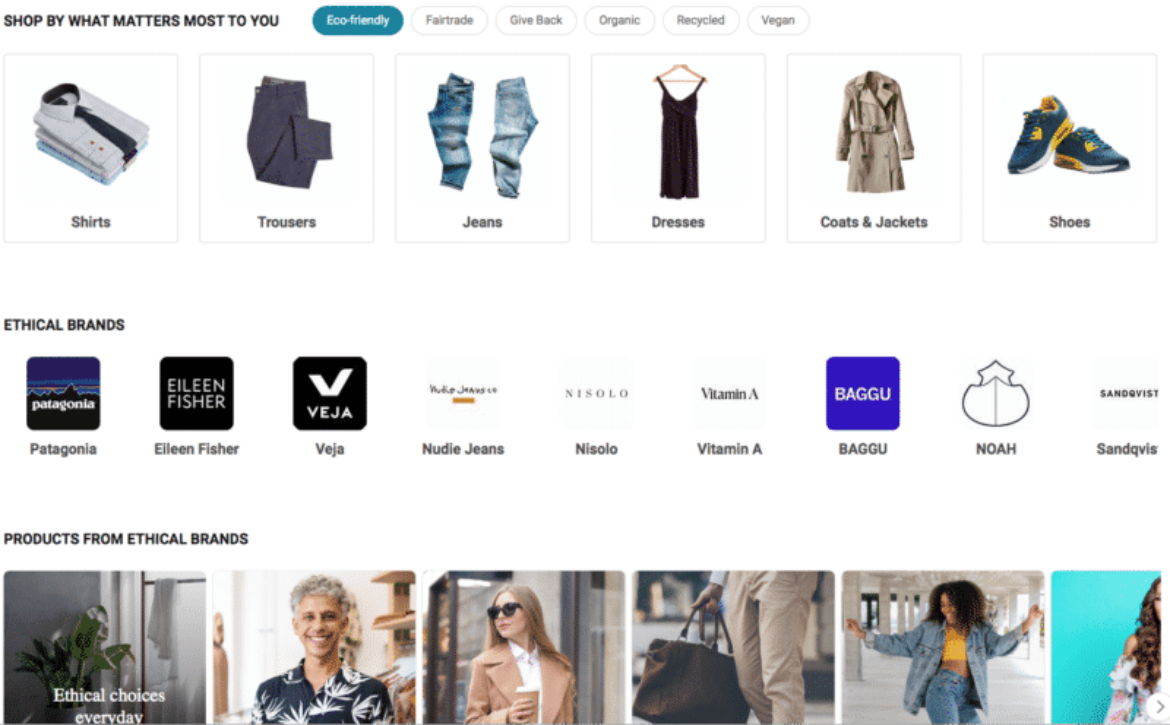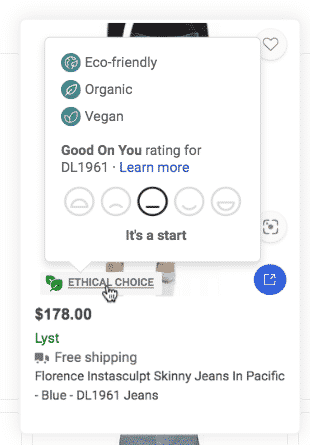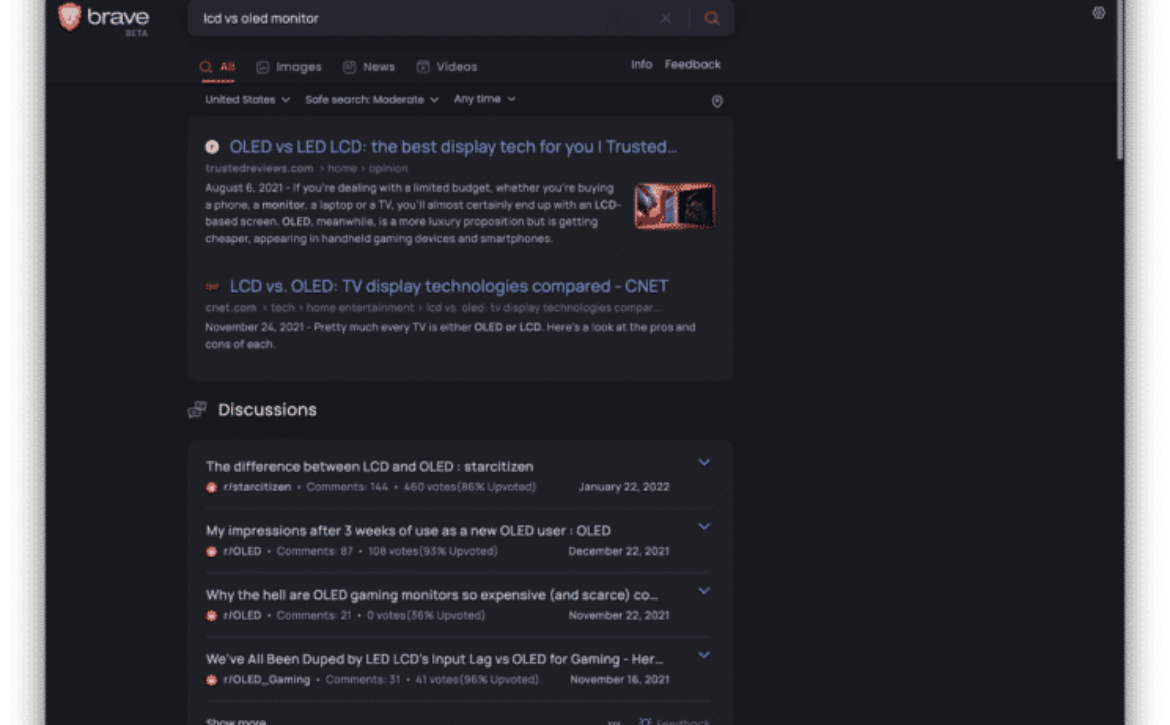Brands plan to invest more in search in the next 12 months
With more people working from home, the lines between work and personal time are more blurred than ever. As such, a new report by Forrester, done on behalf of Microsoft, says there is a new persona that brands and marketers need to be aware of: the “workday consumer.”
What is a workday consumer? They are online more often than before the pandemic. They switch between work and personal to-do lists throughout the day. And they use work devices, tools and software for personal purposes.
Why we care. Consumer habits and preferences have shifted. Brands already recognize this and are planning to invest more in search and other types of advertising, according to the report. Search continues to be an important touchpoint during multiple phases of the buying journey – from initial research, to produce exploration, to purchase (and everything in between).
Key search stats.
- 75%: The number of respondents who said search has become more important to their brand’s online advertising strategies.
- 70%: The amount of budget going to digital channels within the next 12 months, including search, social, online video and display advertising. (Before the pandemic, 58% of paid media went to digital).
- 60%: The percentage of companies planning to increase advertising budget for search, online video and display advertising in the next 12 months.
- 16%: The percentage of brand respondents who said their brand plans to increase its paid search advertising budget by more than 10% over the next 12 months.
- 88%: The percentage of respondents who said their brand plans to advertise on three or more search engines over the next 12 months. Currently, 92% of brand respondents said their company advertises on two or more search engines.
Key recommendation for search marketers. Workday consumers research products and services in between work tasks. So if you want to attract, convert and retain these people, make sure your messaging, content and ads go beyond simple demographics and past behavior.
What Forrester recommends. “Brands must consider more nuanced cues such as working mode (e.g., desk-based or frontline, office-based or remote), mindset, activity, and emotion to understand and target workday consumers.” Also:
- “Use existing demographic and digital-behavior analytics to deduce these cues and employ methods such as self-reported studies, observational studies, location tracking, and time-of-day data.”
- “Beyond planning for the workday consumer, develop other nuanced target personas by infusing emotion data into personas. Understand the facets of emotions including feelings, neurophysiology, social-expression, and behaviors along with the observable traits for each and the software that can help measure them.”
It has to be said. This report was shared by an ad network – Microsoft – and says you should spend more on advertising. All ad networks always want you to spend more on their platform. That said, paid search is a proven marketing channel. As with everything: test, analyze, optimize, repeat.
The report. The Workday Consumer Has Logged In.
The post Brands plan to invest more in search in the next 12 months appeared first on Search Engine Land.










